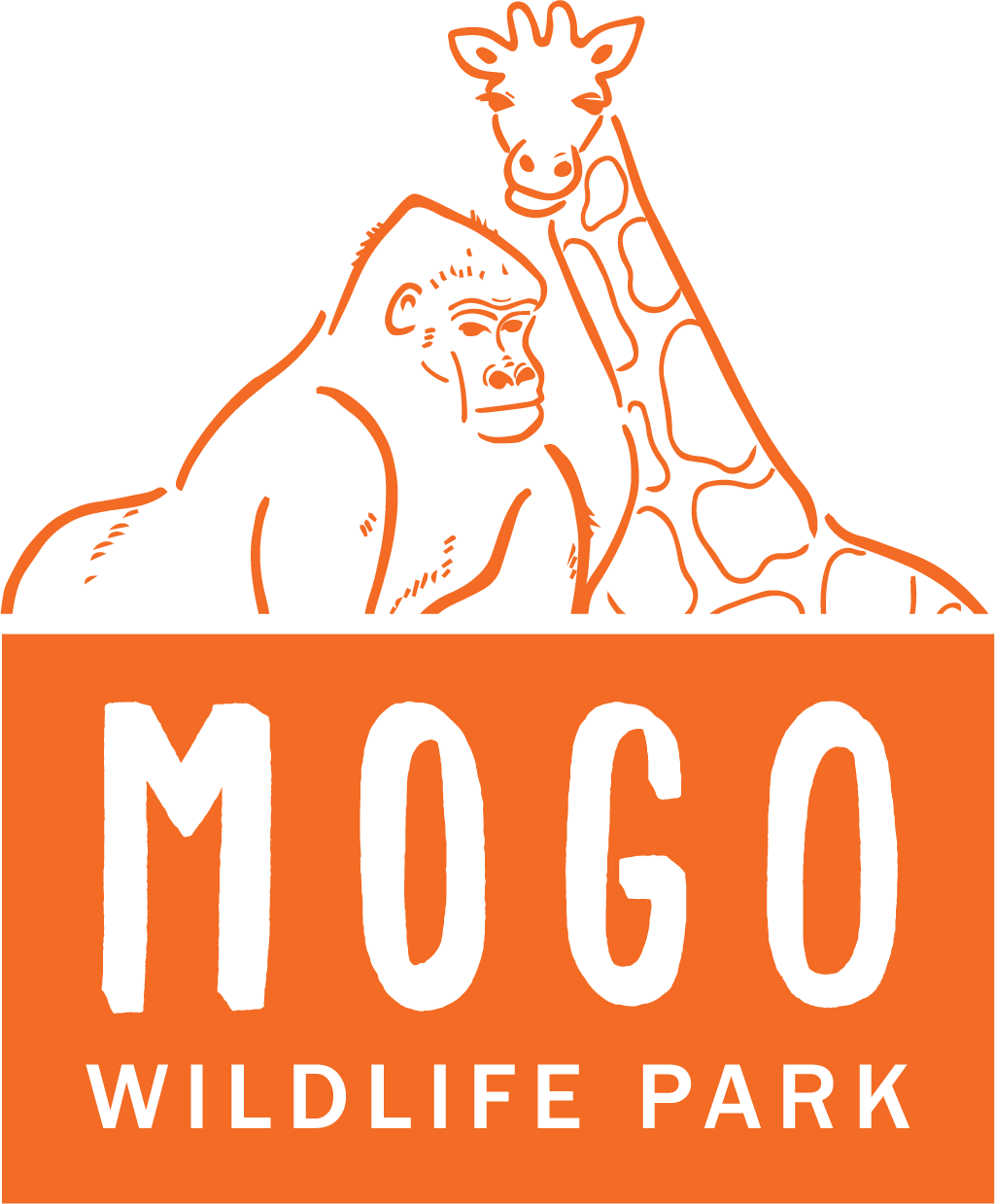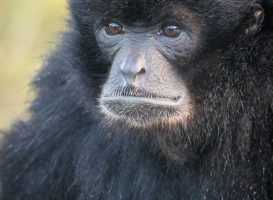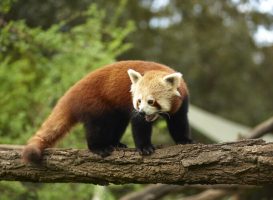Our Animals
WE CARE FOR ANIMALS FROM AROUND THE WORLD
Mogo Wildlife Park is dedicated to fostering a deep connection between the Mogo animal family and visitors, instilling a passion for conservation and wildlife protection. Mogo Wildlife Park stands as a testament to the intertwining of education, and environmental stewardship. Meet some of the stunning species which call our 70 acres of paradise home. Australian Wildlife Parks cares for over 3000 across its iconic parks - Mogo Wildlife Park, Featherdale Sydney Wildlife Park and Hunter Valley Wildlife Park. Here's some of the species that you'll meet when you visit us at Mogo Wildlife Park (Some individuals live at our sister parks, so why not become an Ultimate Explorer to discover them all!)
Click on the animal image to learn more about these fascinating creatures, or head into our Wildlife Park and Get Close to the animals first hand.
- All
- All Animals
- Mammals

TIGER (SUMATRAN TIGER)
Panthera tigris sumatrae
You'll find Tigers living in a wide variety of habitats; tropical lowland evergreen forest, mountain forest, woodlands, tall grass jungle to dry thorn forest. Tigers cope with a broad range of climatic variation but prefer to hunt in dense vegetation.
Status: Critically Endangered
OUR ANIMALS ALWAYS COME FIRST
These are some Animals in our care, arranged by conservation and endangerment status:
Critically ENDANGERED

Cotton-Top Tamarin

SILVERY GIBBON

TIGER (SUMATRAN TIGER)
Endangered

SIAMANG GIBBON

RING-TAILED LEMUR

White Rhino

Lion
Vulnerable

Cheetah

Spotted Hyena

Binturong

stay in touch with Your Australian wildlife parks family
Stay up-to-date and subscribe to our newsletters
Your information is only utilised by Australian Wildlife Parks. For more information see our privacy policy.
MOGO Wildlife Park acknowledges Aboriginal people as the traditional custodians of the land on which our offices and operations are located, and we pay our respects to Elders past, pres ent and future.
© 2019-2024 Australian Wildlife Parks • Privacy Policy • Disclaimer













